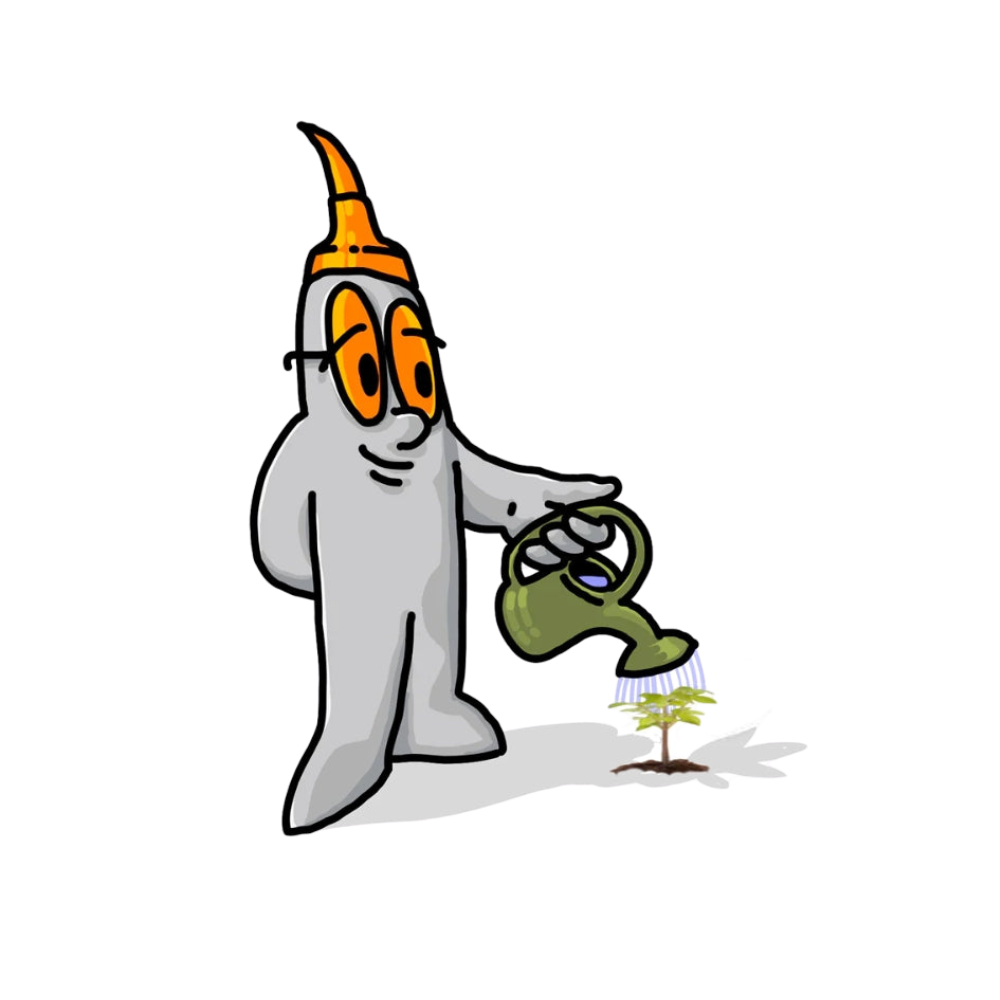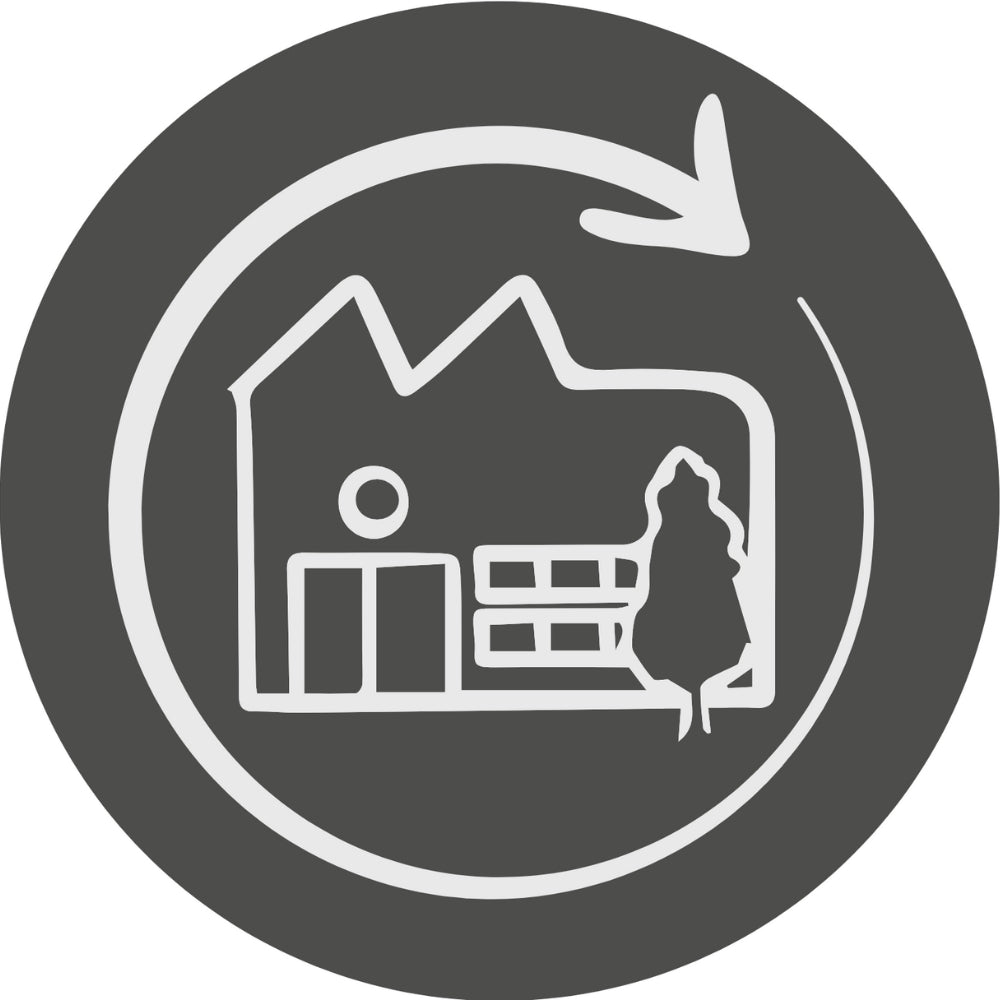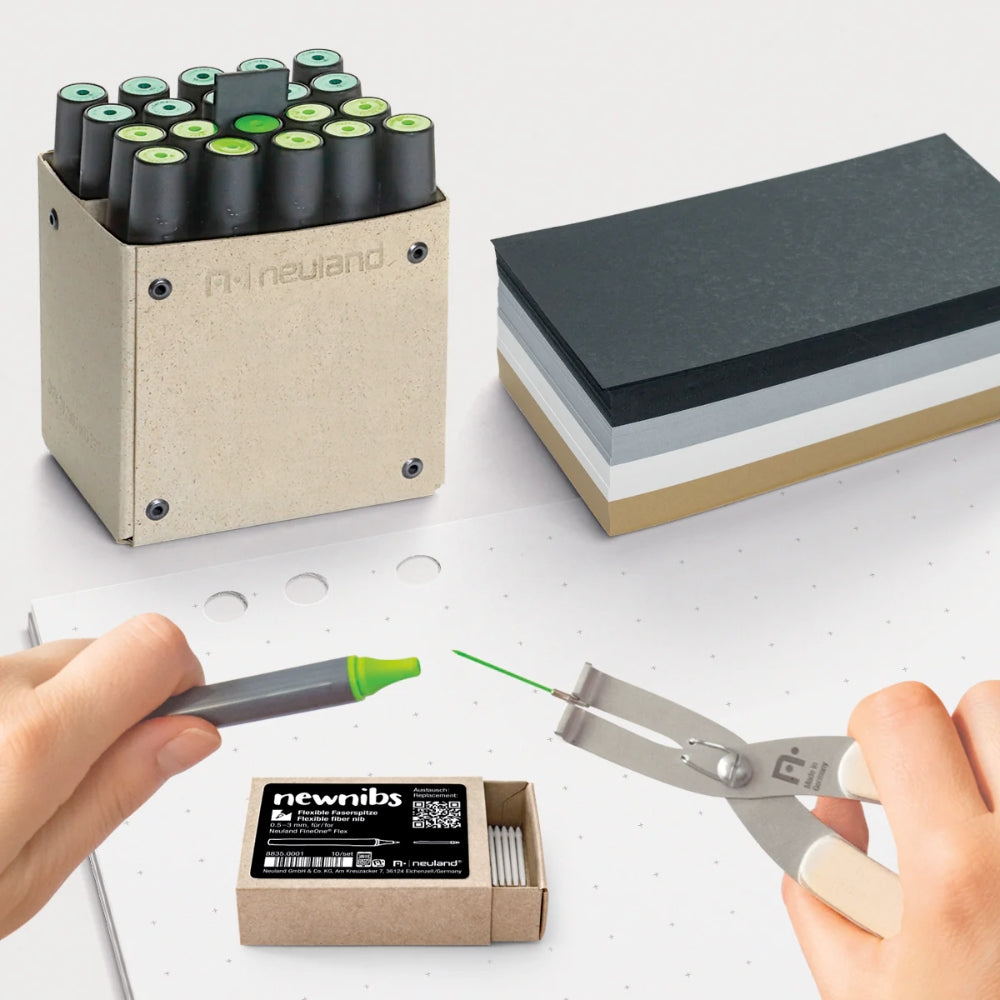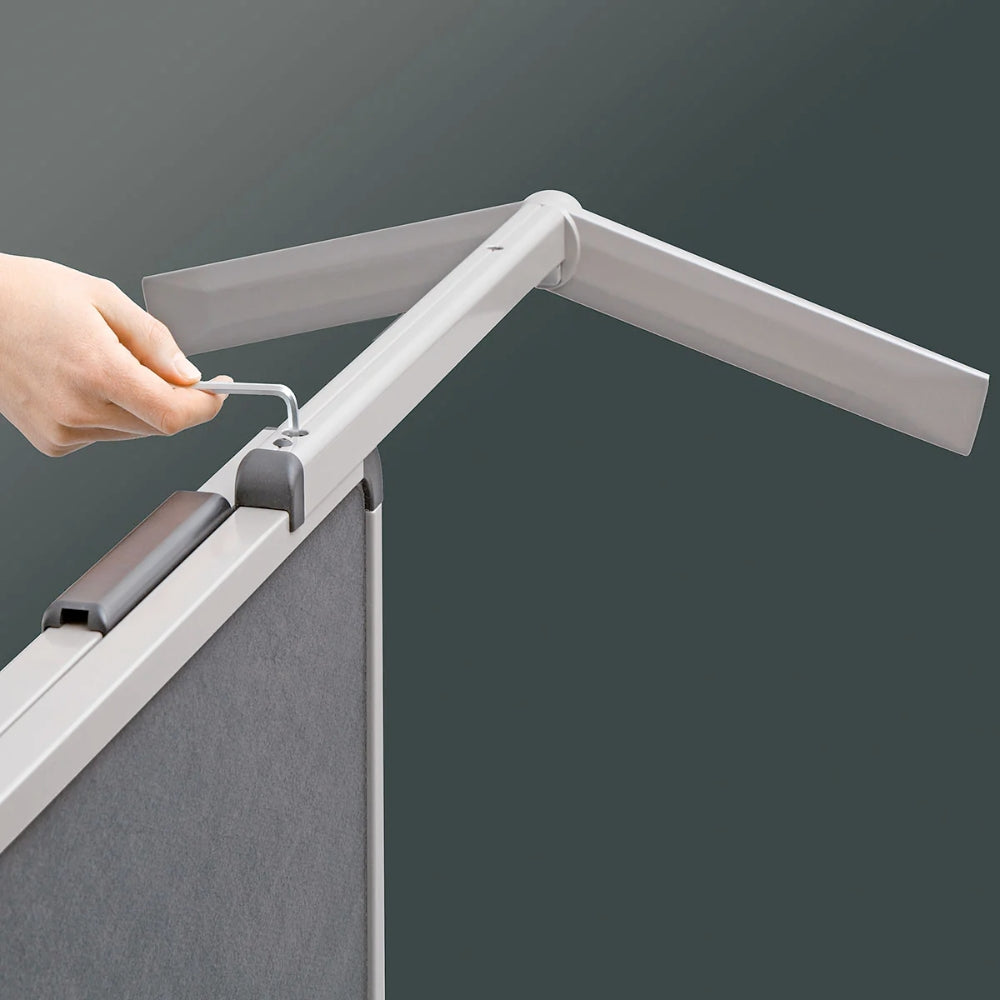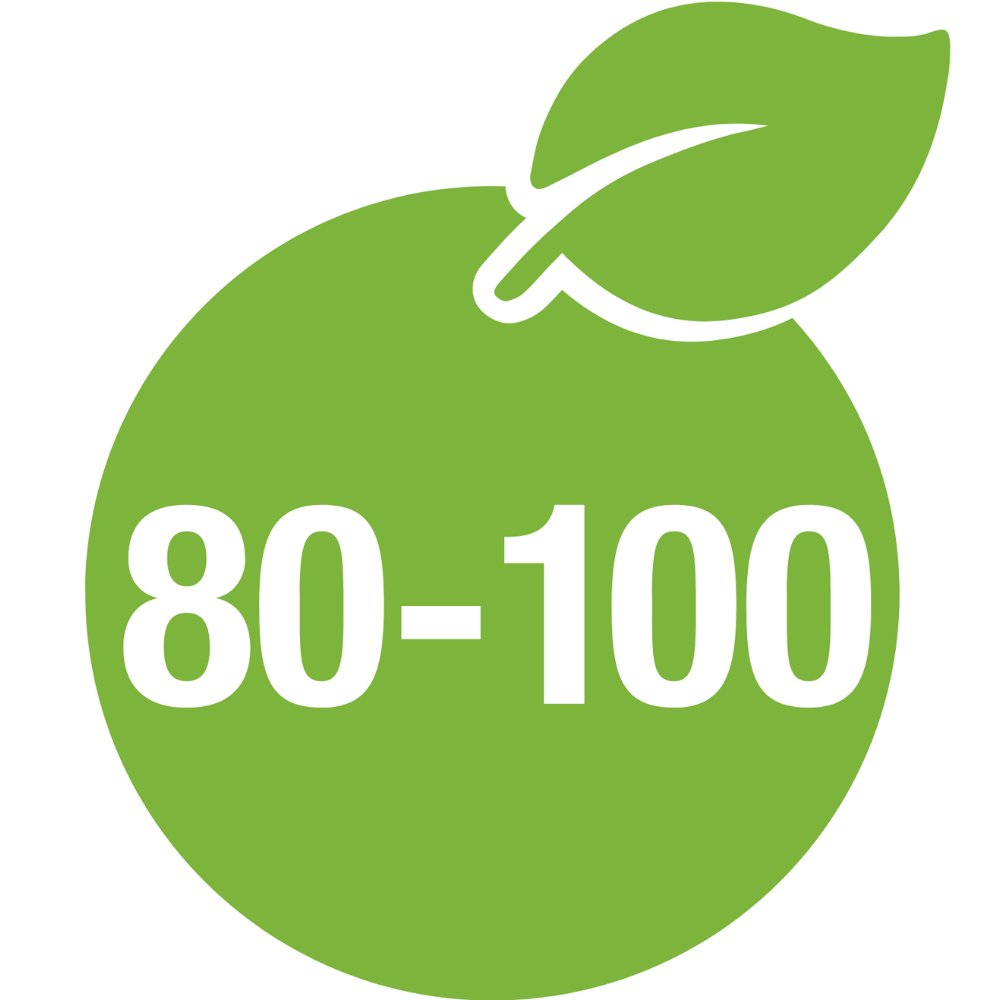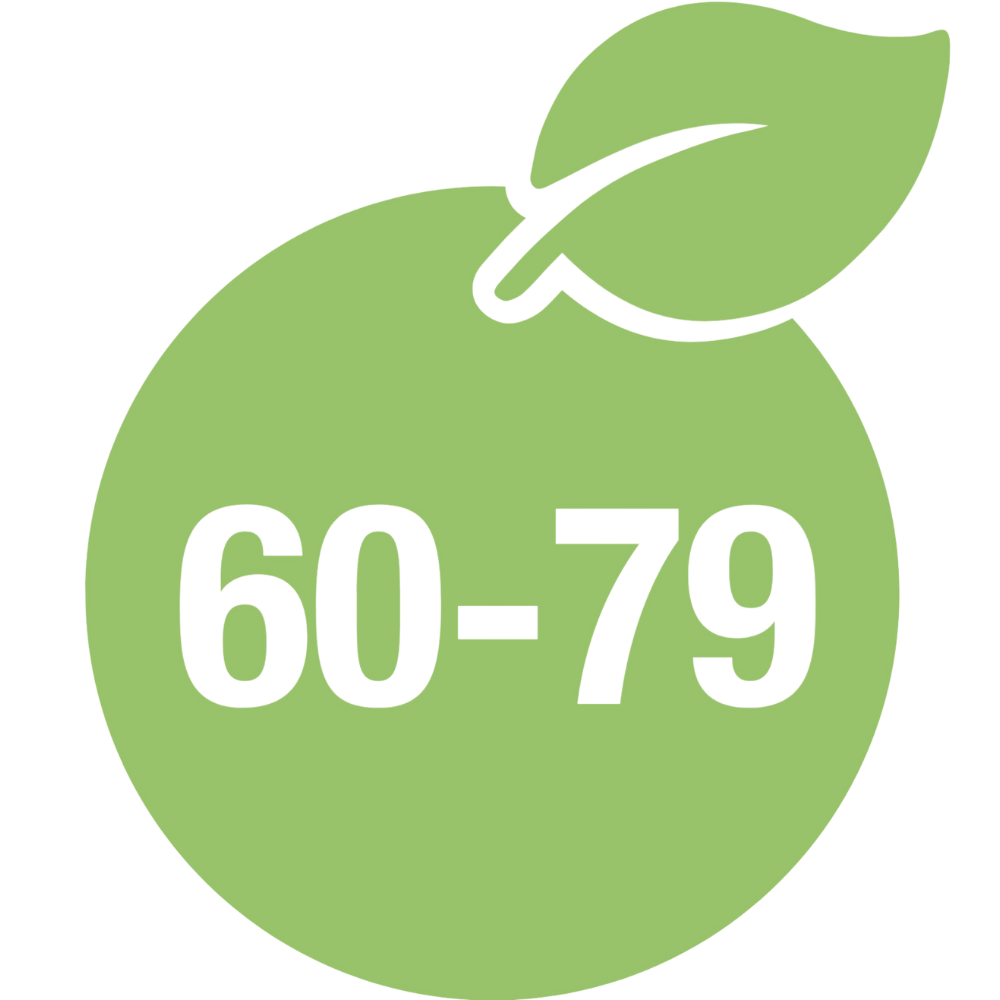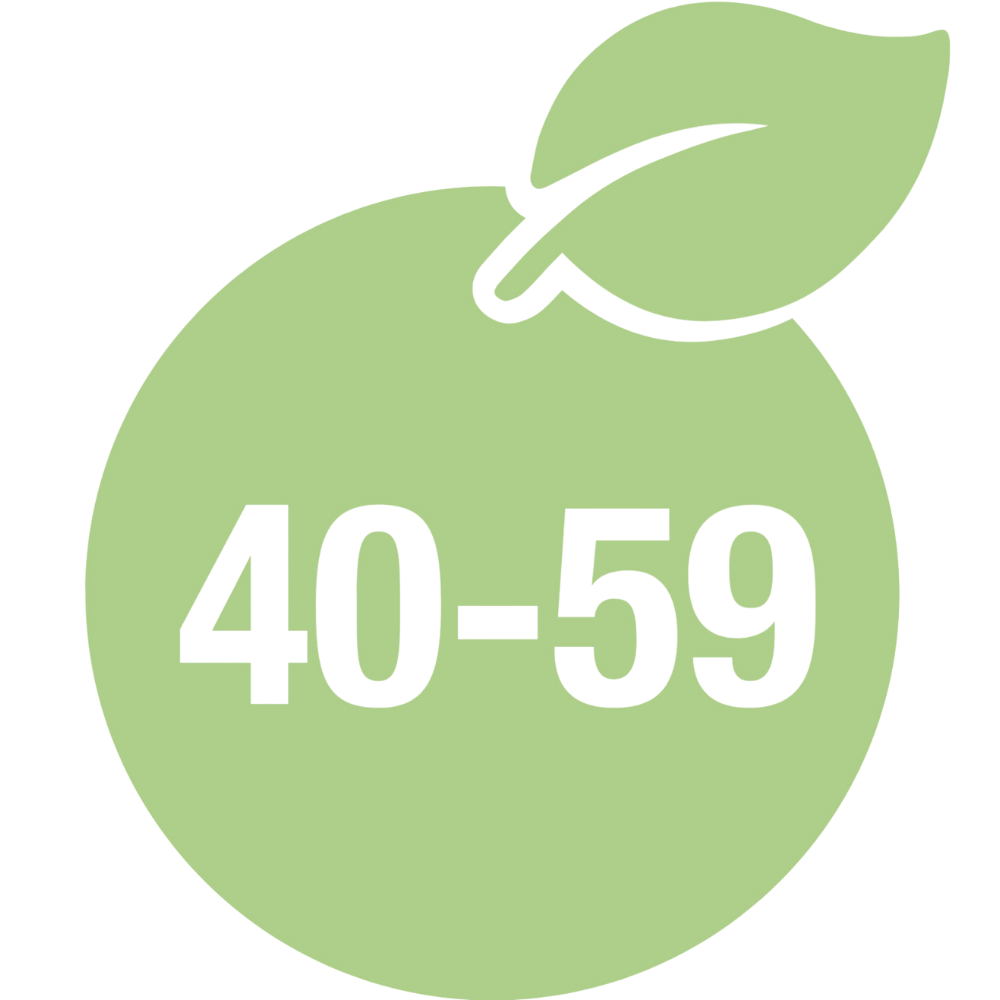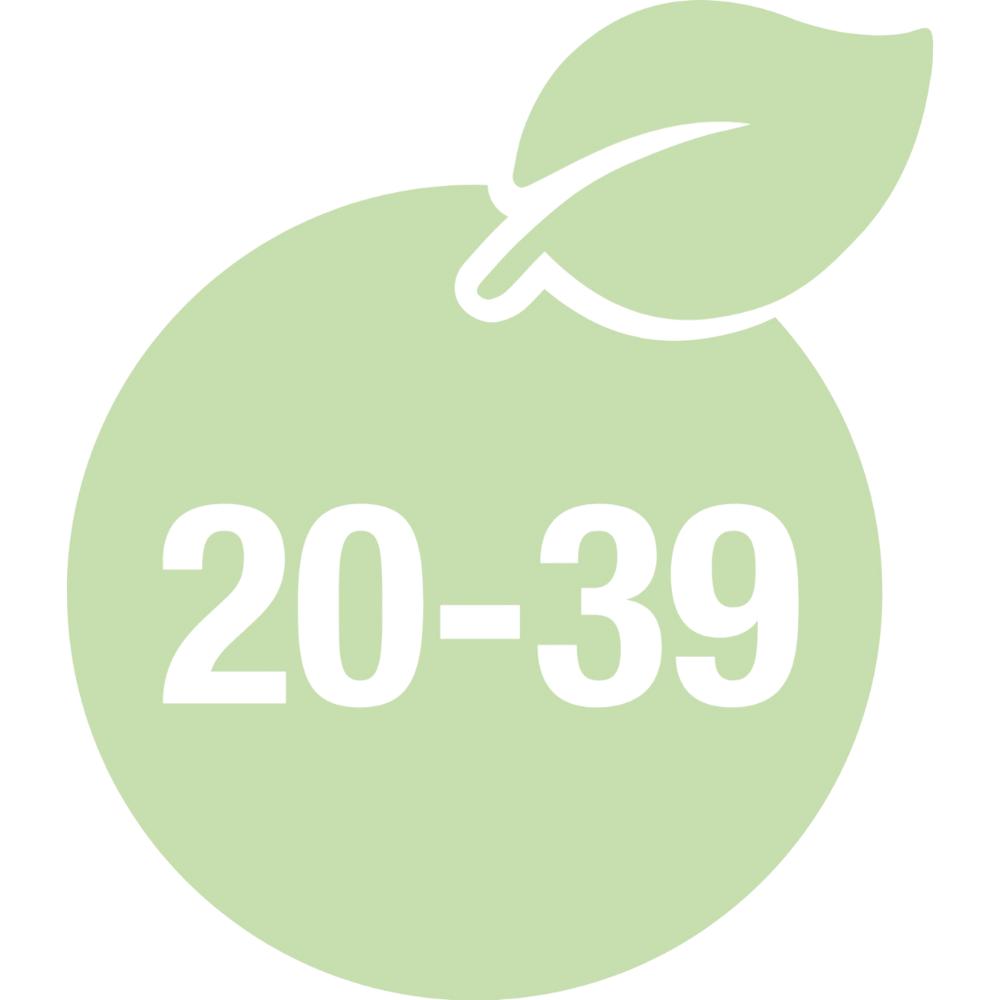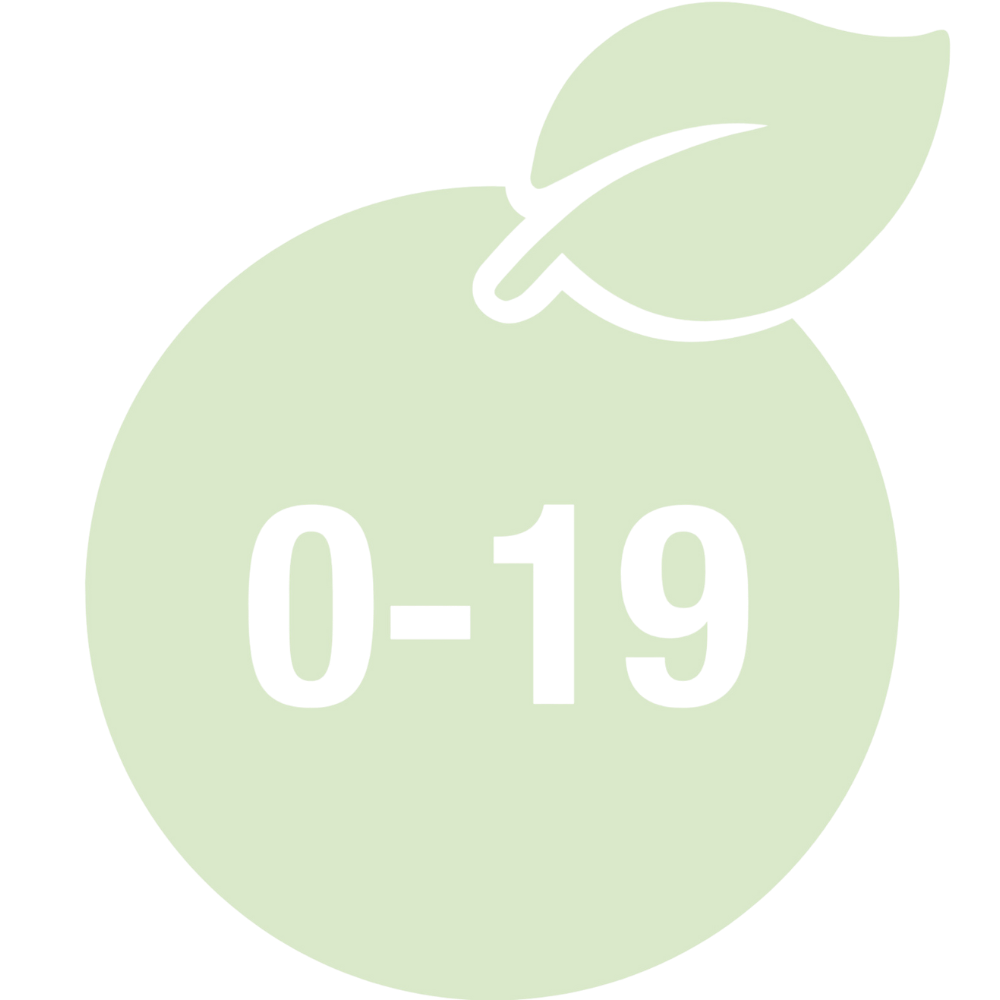Lieferung ab Lager
Search
As "simple" as this question may sound, it becomes complicated when we try to answer it. This is because it immediately leads to new questions: Can we actually measure the sustainability of a product? Which criteria apply in each individual case? And which of these are the most important?
We asked ourselves all these questions in order to determine the actual sustainability of our products. For each individual product, we looked at the materials, production, and delivery routes, and we checked the service life and ease of repair—because we don't want to simply claim sustainability, we want to prove it in a transparent and comprehensible way.
Evaluates the sustainability of raw materials for Neuland products over their life cycle.
Analyzes the environmental and social impacts during manufacturing.
Assesses durability and
Long-term benefits of the products.
Measures repair friendliness,
to reduce waste.
The NQ is the sustainability quotient for Neuland products. It is calculated based on the two main phases in the life cycle of each product:
1. Production and 2. Use
To calculate the sustainability quotient, we weigh the two components against each other according to their relevance: manufacturing counts as one, while service life is weighted by a factor of 2 in the final assessment.
Here, we pay attention to materials, delivery routes, and production. It goes without saying that the choice of materials is a decisive factor in sustainability:
We evaluate these points separately using a 5-point system, in which a total of up to 30 points can be achieved. We then put the actual score into perspective: the resulting percentage represents the material and manufacturing component of the NQ.
Nothing beats durability and ease of repair.
Often overlooked, but in our view one of the most important factors for the sustainability of a product is its service life and ease of repair. It's actually logical: the longer a product is in use and the easier it is to repair if necessary, the fewer replacement products have to be produced and transported to the customer at great expense.
Quite apart from that, products that are reliable over the long term are simply more appealing: who hasn't been annoyed by seemingly cheap offers that ended up in the trash after only two years or even had to be disposed of at great expense because they couldn't be repaired? And who doesn't have an old cell phone in a drawer somewhere?
A maximum of 15 points can be achieved for the NQ's service life component. Here, too, the actual number of points achieved is put into perspective: this is how we determine the service life component as a percentage value.
Here you will find our products clearly arranged according to sustainability ratings.
All products with a sustainability quotient of 80 to 100 percent
All products with a sustainability quotient of 60 to 79 percent
All products with a sustainability quotient of 40 to 59 percent
All products with a sustainability quotient of 20 to 39 percent
All products with a sustainability quotient of 0 to 19 percent
